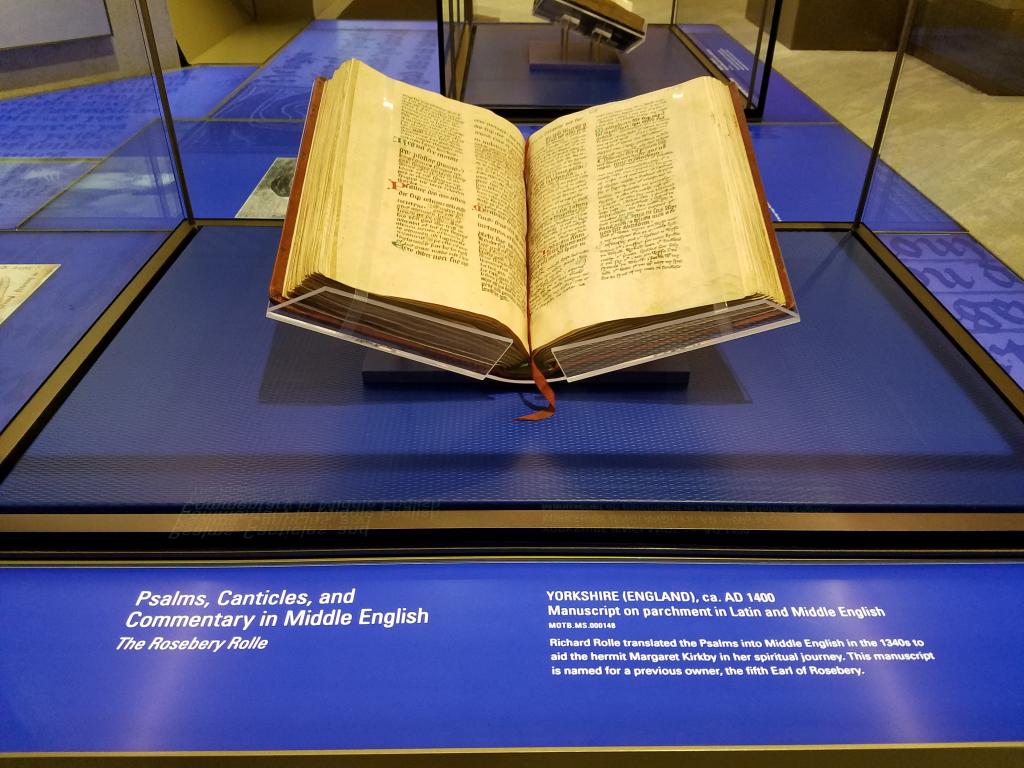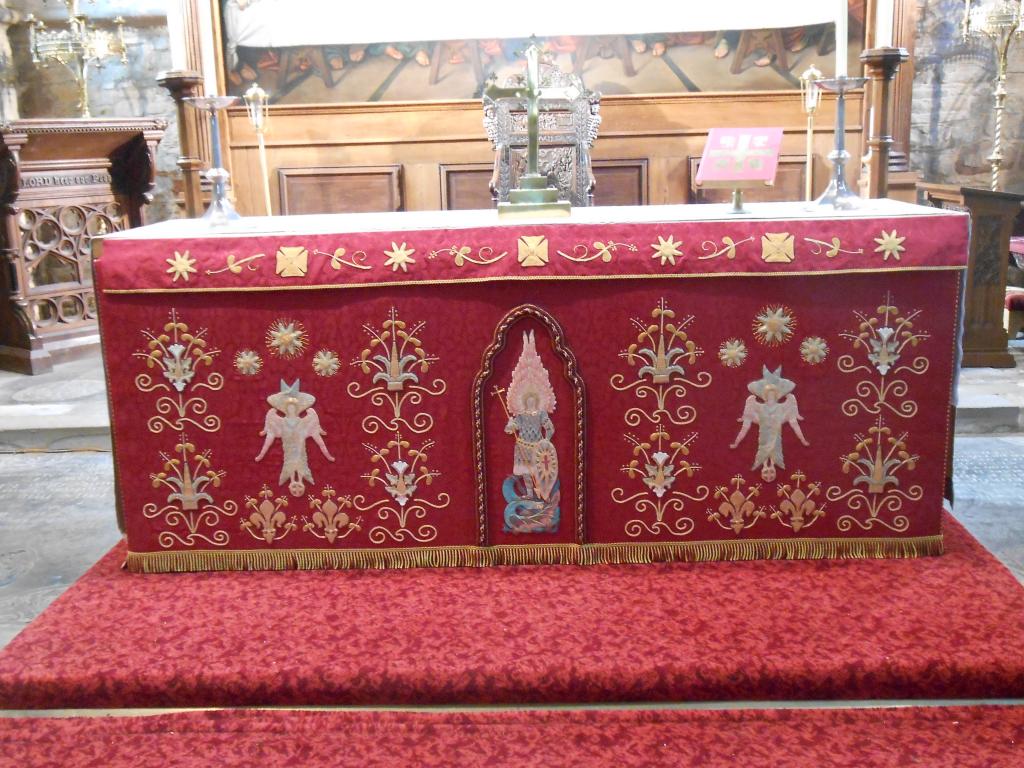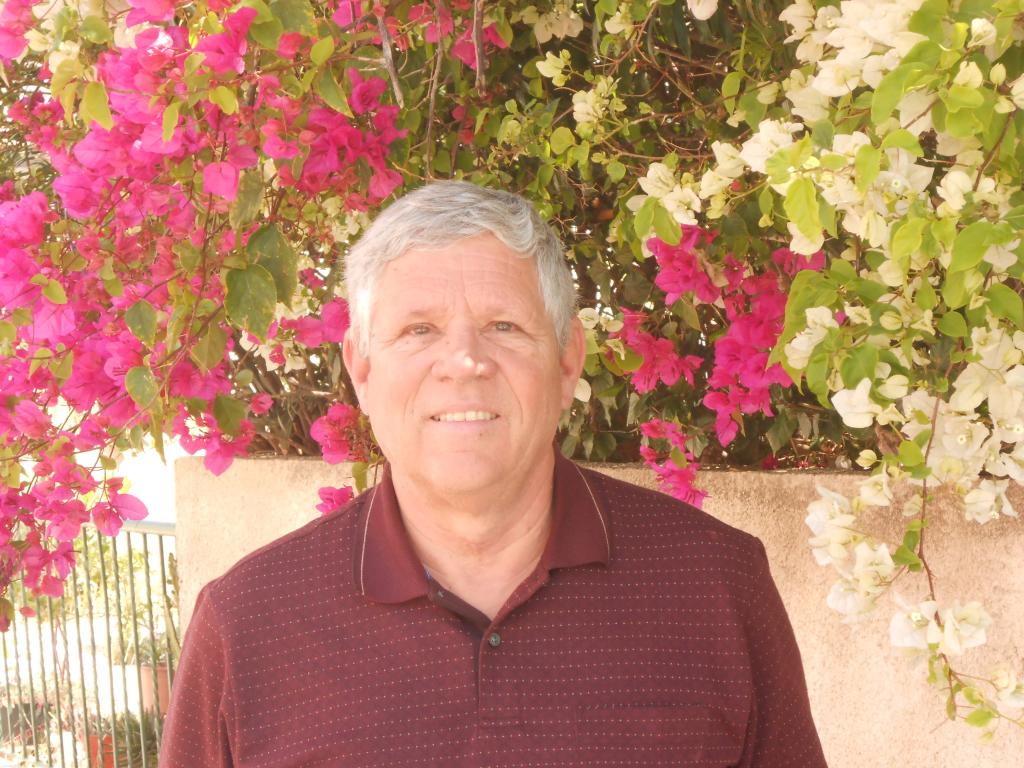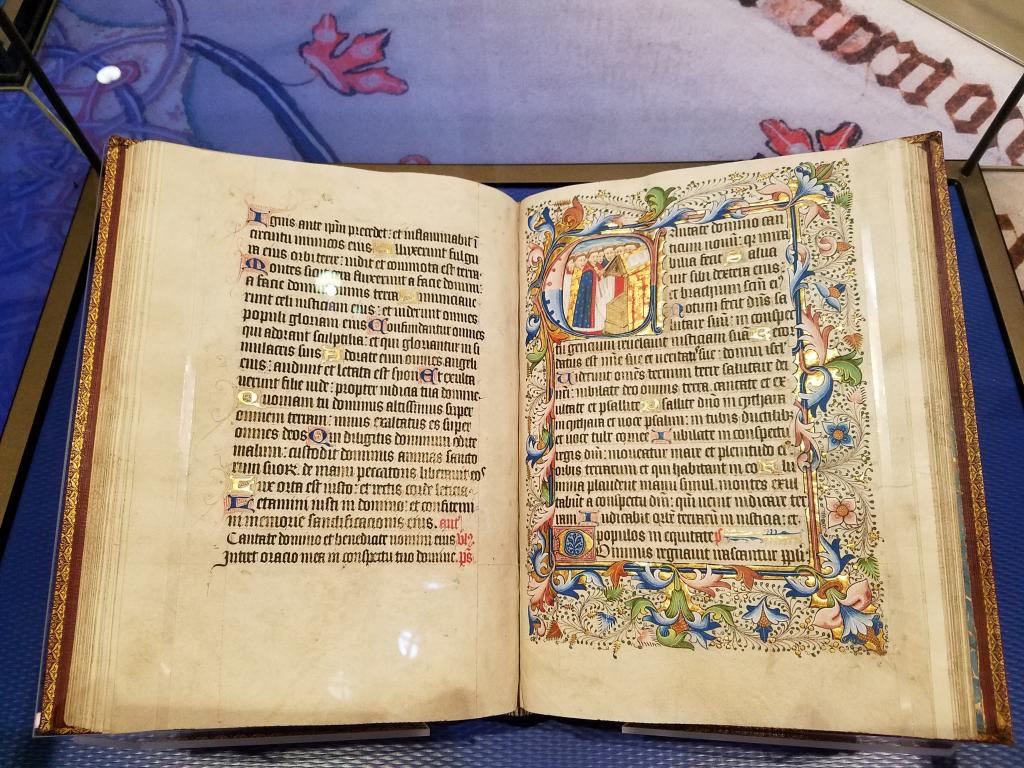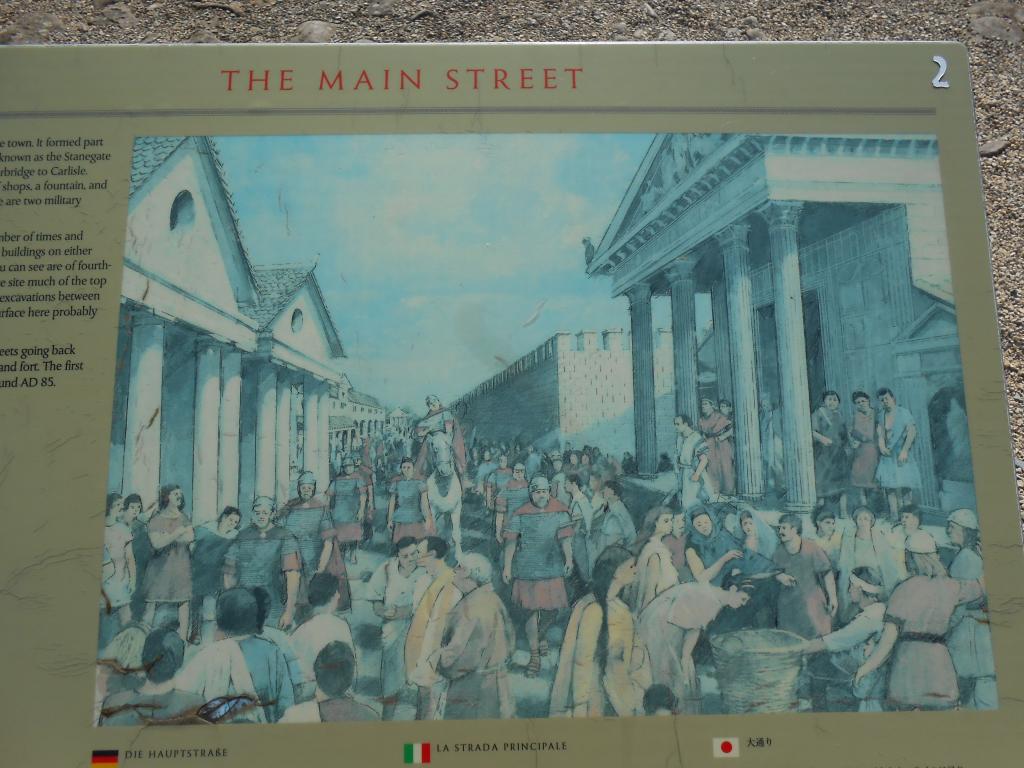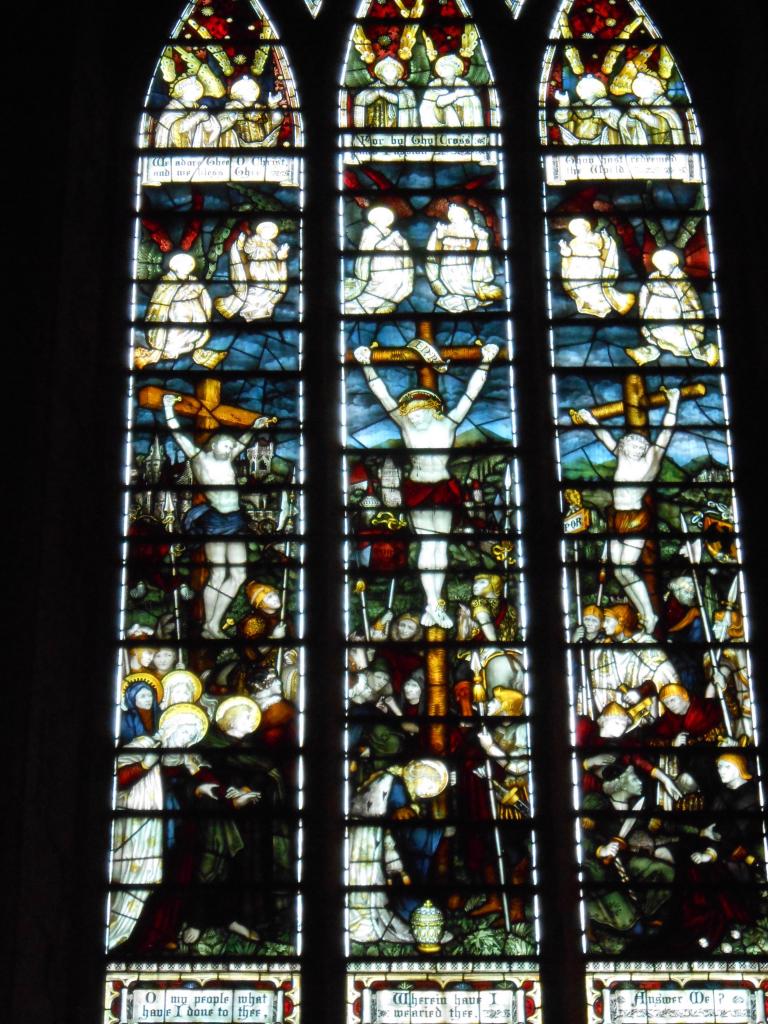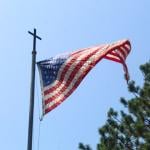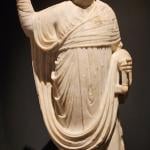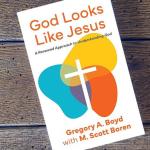“Material Culture” of Early Christianity by larryhurtado A recent multi-author volume commendably addresses the physical/material evidence of early Christianity: Alan H. Cadwallader, ed., Stones, Bones and the Sacred: Essays on Material Culture and Religion in Honor of Dennis E. Smith (Atlanta: SBL Press, 2016). Given the focus of the volume, it is curious, however, that there appears to be no treatment of a highly important body of physical evidence: earliest Christian manuscripts. To be fair, the omission isn’t peculiar to... Read more


